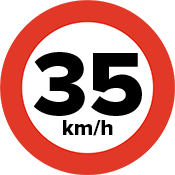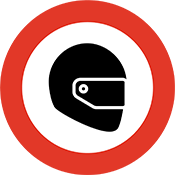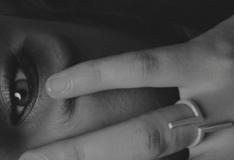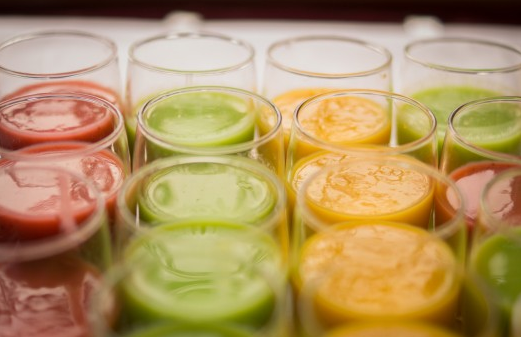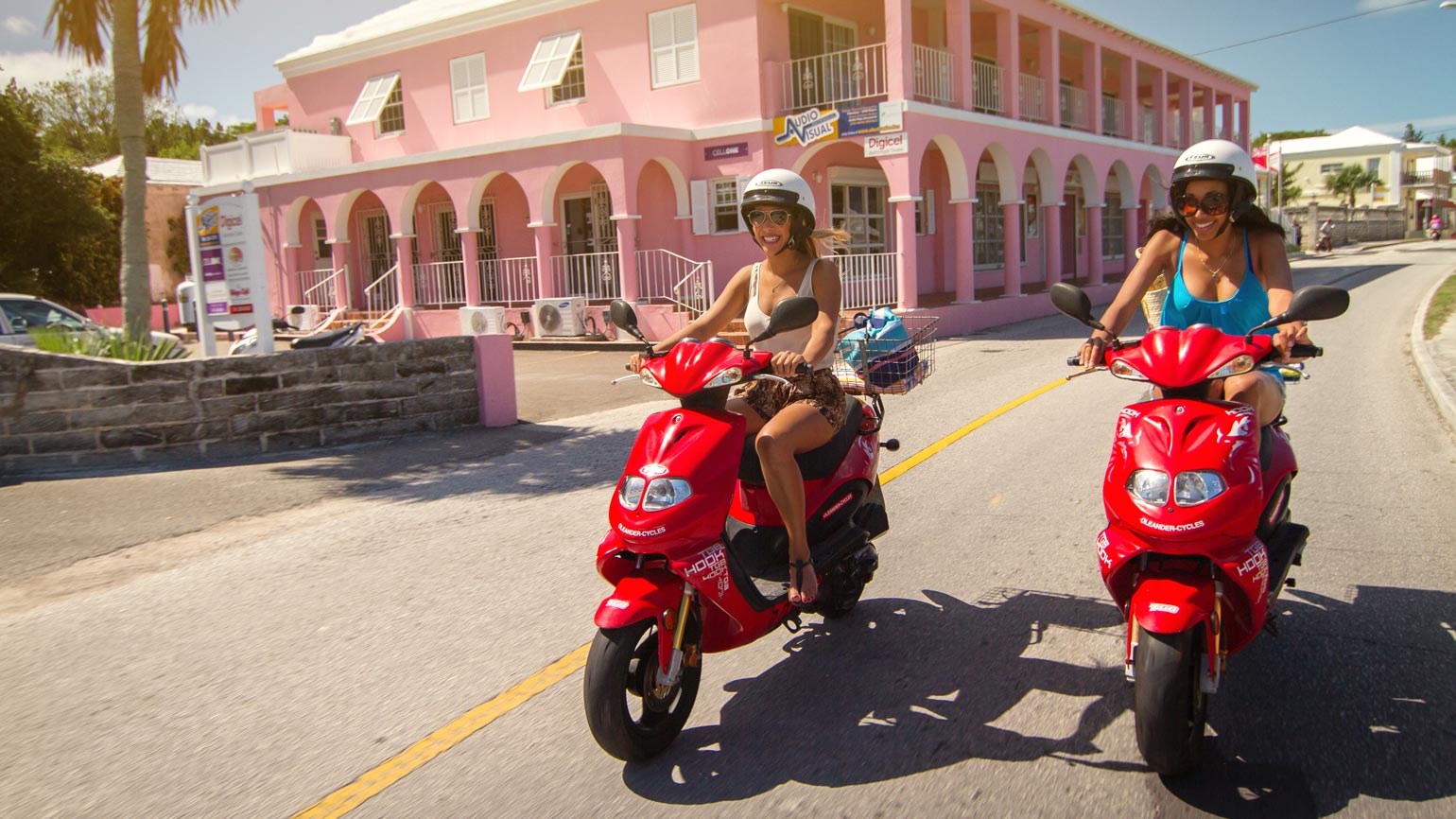
A survey conducted by the Bermuda Health Council and the Bermuda Health Department in January 2011 revealed that Bermuda's rate of traffic fatalities is more than three times the OECD average. It is the responsibility of all Bermuda drivers to improve road safety and reduce traffic accidents. The following Road Safety Guide is designed to help you play your part in making Bermuda's roads safe.
|
|
|
|
| There is one speed limit island wide, stick to it and always drive with caution! | Similar to the UK, we drive on the left hand side of the road. Keep the shoulder on your left and the lines on your right. | If ridiing by motorcyle / scooter it is the law to always wear a helmet and keep it fastened while riding. |
Safety Suggestions
Following
Following too closely is a major cause of accidents in Bermuda. At the Police Driving School they teach their students the "2 second rule". It works like this: if you're following another vehicle, make a mental note of when it passes a stationary marker, say a telephone pole. Then start counting 2 seconds. You can do it very accurately by saying, "one thousand and one, one thousand and two". If you reach the marker object before the 2 seconds has passed, then you're following too closely.
In wet weather this distance should be doubled so that you are 4 seconds behind the other vehicle.
Giving Way
When giving way to emergency vehicles, you should pull over to the side of the road immediately, but not in the middle of a junction or opposite an obstruction in the road. It is important to make sure that there is plenty of room for the vehicle to pass.
Night Driving
When diving at night, here are a couple of things to remember. Always make sure your car windows are clean - inside and out. A dirty window greatly reduces your ability to see other traffic at night. Interior lights can also affect your vision, so keep them down to a minimum. When driving at night, always remember to dip your headlights for oncoming traffic. If you're dazzled by the lights of an oncoming vehicle, reduce your speed and avoid looking directly at the lights. Don't retaliate by raising your own headlights. It won't reduce the risk of an accident and might even cause one.
Traffic Lights
The sequence of our lights is red, red and amber, green, amber and then back to red. Amber means stop at the stop line. You should only go on if the amber light appears after you've crossed the stop line or if you are so close to it that to pull up might cause an accident.
Tire Pressure & Condition
You should check your tires at least once a week. If they're too soft they are prone to punctures and can cause steering problems. Tires that are too hard are particularly dangerous on wet roads and they also sustain rapid wear and tear. It only takes a few minutes to check tire pressure. In most modern cars you'll find the proper pressure printed on a little plastic sticker either in the inside door frame or on the edge of the driver's door. The ideal time to check your tires is first thing in the morning or last thing in the evening. Make a habit of looking at tire condition at the same time. Check for bald areas and cracks.
Your Horn
A horn is fitted to your vehicle for a very good reason - to warn others of possible danger on the road. Be aware though that many drivers in Bermuda use a short honk to say hello.
Your Rear View Mirror
How often do you check your mirror when driving to see what's happening behind you? Police drivers are advised to check their RVM at least every eight to ten seconds so that they are aware of what is behind them at all times. Always adjust your mirror before moving off.
Visibility Tips
One of the most effective ways of cleaning a windshield is with a crumpled-up piece of newspaper. The printer's ink in a newspaper helps to cut through the grease. Remember to clean both the inside and outside of your windshield, and don't forget the back window. When using detergent in your windshield washer bottle, just use a drop. If you use too much it may cause problems with your water jets and create a soapy film on the windshield.
Car Driving Habits
Proper Position
Keep both hands on the steering wheel in the "ten and two" position. Resting your elbow on the window ledge or clutching the roof with one hand can be dangerous in a sudden emergency.
Courtesy
How often have you been held up in traffic because a driver decided to stop in the middle of the road to talk to a friend? This is an annoying habit to everyone else on the road. If you have to stop for any reason, you should pull in as close as possible to the side of the road so that traffic can still flow smoothly.
Seat Belts
All drivers and front seat passengers are required to wear a seat belt if the vehicle is properly equipped. Child safety seats should be used in the front seat and rear seats of the vehicle if the child is under 4 years old.
Pedal Cycles
Riding a pedal cycle without lights at night is dangerous. Adults who do it endanger their lives and set a bad example for children. If your child has a cycle and is likely to use it at night, we urge you to make sure the cycle has a good front light and a visible rear reflector.
Speed Limit
The speed limit is 20 mph or 35 kph
PLEASE DO NOT SPEED
Drinking, Drugs & Driving
Drinking and driving while under the influence of alcohol or other drugs is dangerous to yourself, your passengers and other road users. Please do not drive under the influence. Take a taxi or have someone drive you home.


